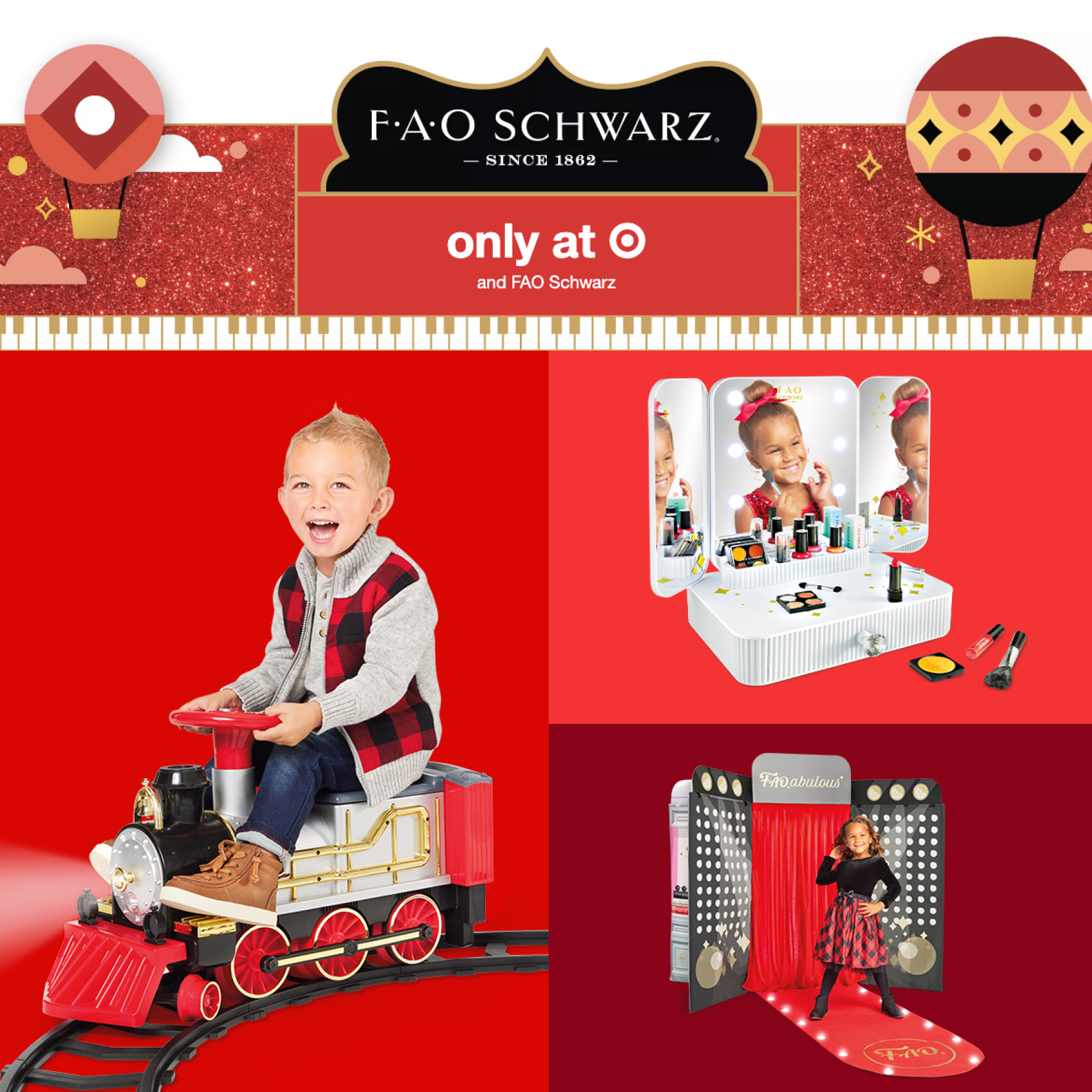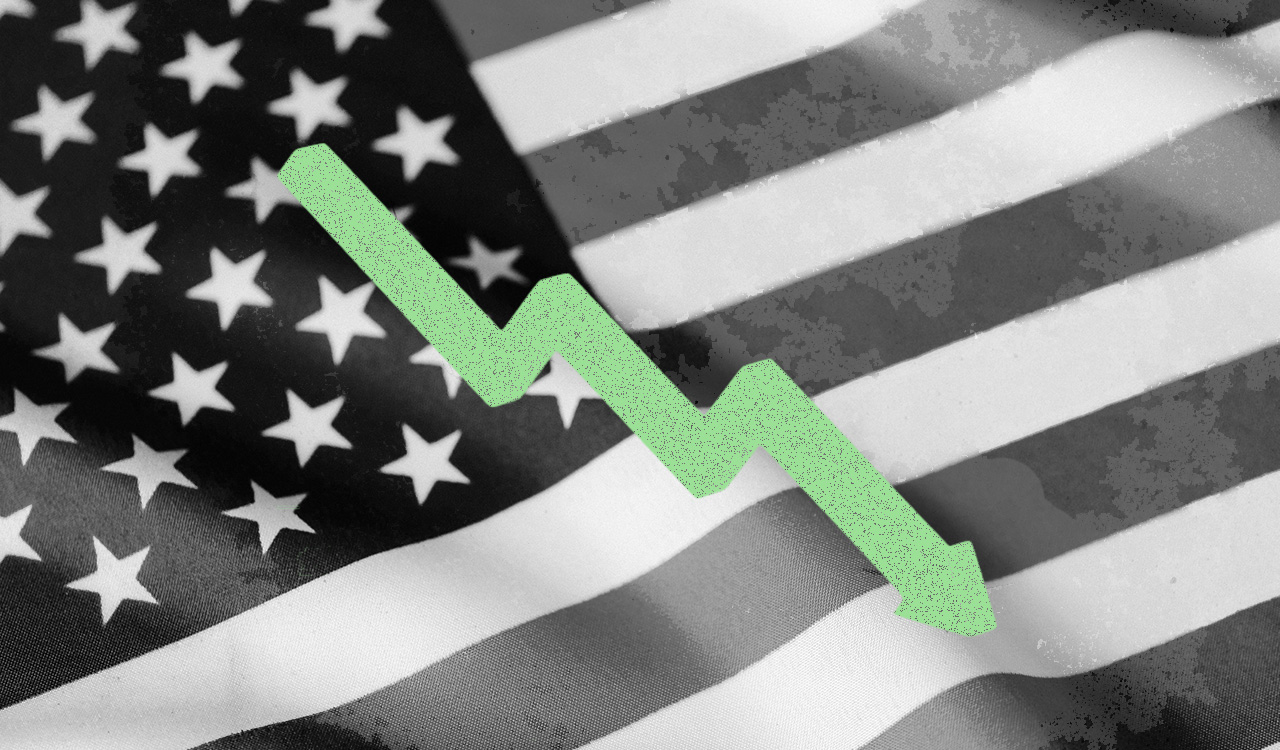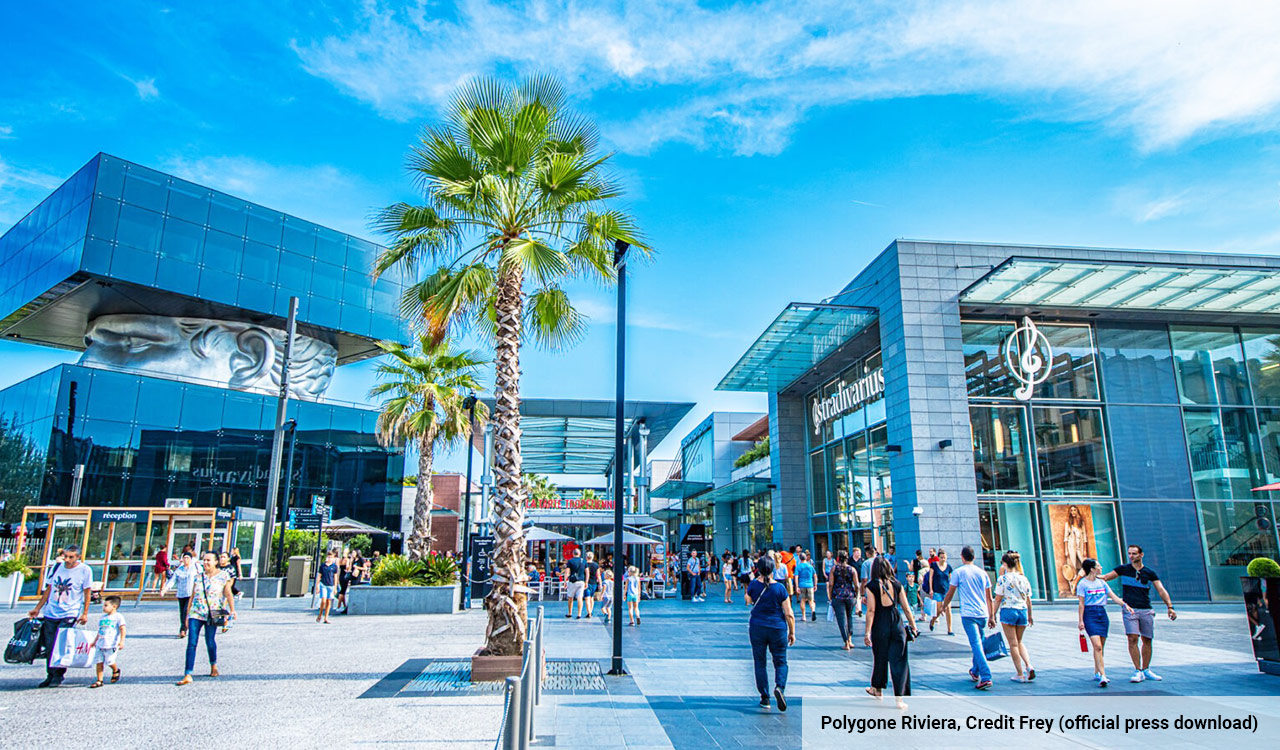Target has been one of the biggest winners in the toy business since the 2018 liquidation of Toys”R”Us. The demise of the only sizable national toy chain enabled discounters (led by Walmart, Amazon, and Target) to extend their growing dominance in toy sales.
That said, a disappointing holiday performance in 2019 taught Target that success has to be earned. An omnichannel partnership with a relaunched Toys”R”Us (under new ownership) failed to meet expectations, as Target’s toy sales remained flat during the 2019 holiday season relative to 2018.
Target’s toy business has been on the rise again for the past few years. In a bid to continue that momentum, the company recently unveiled a multiyear exclusive partnership with iconic toy retailer FAO Schwarz. But with the economic backdrop weakening and Macy’s recently opening Toys”R”Us shops in all of its stores, the FAO deal may not be enough to keep Target’s toy business growing.
To some extent, Target has been winning in the toy business since 2020 for the same reason it has been gaining market share in general. As a one-stop shop, Target benefited from consumers consolidating shopping trips during the pandemic. And with stimulus dollars filling shoppers’ wallets, Target customers have been eager to add toys to their shopping baskets.
Cleaning Up in the Toy Business
Notwithstanding its weaker-than-expected results during the 2019 holiday season, Target has benefited immensely from Toys”R”Us’ downfall. In early 2020, CEO Brian Cornell noted that Target had increased its sales in the toy and baby categories by over $1.7 billion since Toys”R”Us and Babies”R”Us folded in early 2018. Those two categories accounted for nearly a third of Target’s top-line growth between 2017 and 2019.
Sales growth accelerated dramatically during the Covid-19 pandemic. In fiscal 2021, Target posted net sales of $104.6 billion: up by $27.5 billion (36 percent) from 2019. Sales growth has continued in 2022, albeit at a slower rate.
Toys have been a standout during this period. For example, Target reported comp sales growth of more than 40 percent for its toy business in the first quarter of 2021. Toys remained one of Target’s strongest-performing merchandise categories in the first half of fiscal 2022, including high-single-digit growth in Q2. This indicates that Target continues to gain market share. U.S. toy sales grew just 2 percent in the first half of the year, according to NPD Group.
To some extent, Target has been winning in the toy business since 2020 for the same reason it has been gaining market share in general. As a one-stop shop, Target benefited from consumers consolidating shopping trips during the pandemic. And with stimulus dollars filling shoppers’ wallets, Target customers have been eager to add toys to their shopping baskets.
The company has also forged partnerships with popular kids’ brands to drive growth. After piloting 750-square-foot Disney shops in 25 stores beginning in late 2019, Target expanded its Disney shops to more than 160 locations in time for the 2021 holiday season. And during the 2020 holiday season, Target partnered with FAO Schwarz for an “exclusive 70-piece toy collection.”
Toys”R”Us’ Third Act
While Target has been firing on all cylinders in the toy category, it also faces looming threats. Inflation is starting to pinch discretionary budgets for lower and middle-income consumers. Meanwhile, as Americans have become less concerned about Covid, they have begun visiting “nonessential” retailers more frequently. This will lead to a more competitive environment.
Most notably, Toys”R”Us is making another comeback attempt under yet another ownership group, this time in partnership with Macy’s. While Macy’s and Toys”R”Us announced their tie-up over a year ago, initially, this merely involved the Toys”R”Us website redirecting shoppers to macys.com to make purchases. That was no different than the disappointing Target-Toys”R”Us partnership of 2019.
But over the past three months, Macy’s has opened Toys”R”Us shops in all of its full-line stores. Even the smallest of the new toy shops occupy 1,000-square-feet. At 11 “flagship” locations, Macy’s has set aside up to 10,000-square-feet of space for Toys”R”Us. Macy’s also plans to expand the new toy departments seasonally by 500 to 3,000-square-feet.
Adding Toys”R”Us shops in its stores won’t make Macy’s a serious rival to Target’s toy business overnight. For one thing, Target has a much broader store footprint, with over 1,900 locations, compared to around 450 full-line locations for Macy’s. Target also has a long-established toy business and the benefit of consistent traffic from customers coming to buy food and household essentials.
That said, Macy’s is already seeing enormous growth in the toy category (albeit from a small base). In the first quarter of fiscal 2022, toy sales grew 15-fold year over year, and that was before the company had rolled out its permanent Toys”R”Us shops.
With discretionary spending slowing, Macy’s big move into the toy business is bound to take sales from someone. Target needs to make sure it isn’t one of the victims.
Target Responds
Enter the new Target-FAO Schwarz collaboration. As noted, Target featured an exclusive capsule collection from FAO Schwarz during the 2020 holiday season. But at that time, FAO Schwarz was also distributing products through various department store chains.
By contrast, the multiyear agreement announced in September makes Target FAO Schwarz’s exclusive retail partner. The company will sell over 120 items from FAO Schwarz this holiday season, and all Target toy departments will feature dedicated FAO Schwarz sections.
Many of the FAO Schwarz toys coming to Target will be affordably priced under $20. But some items will retail for up to $149.99. This suggests that Target hopes to continue making inroads with higher-income households through this brand partnership.
Of course, Target isn’t relying solely on FAO Schwarz to drive growth in its toy business this holiday season. The retailer will also continue the rollout of its Disney shops, growing that concept to more than 200 total locations by year-end.
Will It Be Enough?
Forging an exclusive partnership with FAO Schwarz should give Target’s toy business a boost on the margins. Nevertheless, this move is unlikely to be a game changer like the Macy’s-Toys”R”Us tie-up.
FAO Schwarz never had a large store footprint like Toys”R”Us. And following a pair of bankruptcy filings nearly two decades ago, the upscale toy retailer closed all of its branch stores, retreating to its New York and Las Vegas flagships. (The Las Vegas store subsequently closed in 2010 due to the Great Recession.)
As a result, FAO Schwarz has much lower brand recognition than Toys”R”Us. In recent weeks, Google search volume for Toys”R”Us has been more than five times that of FAO Schwarz. The disparity is even greater outside of New York.
In short, FAO Schwarz is not a very powerful brand anymore beyond its home market. Thus, it is unrealistic to expect the FAO partnership to drive a meaningful bump in toy sales for a retailer of Target’s scale.
To be sure, Target’s strong performance in the toy category during the first half of 2022 is encouraging. But the impact of inflation on consumers’ wallets is increasing, Target is lapping a big wave of Disney store openings from 2021, and Macy’s has now opened its brick-and-mortar Toys”R”Us shops. Even with an exclusive FAO Schwarz partnership, Target faces an uphill climb to continue growing its toy business in the 2022 holiday season.
Full disclosure: The author owns shares of Macy’s.




